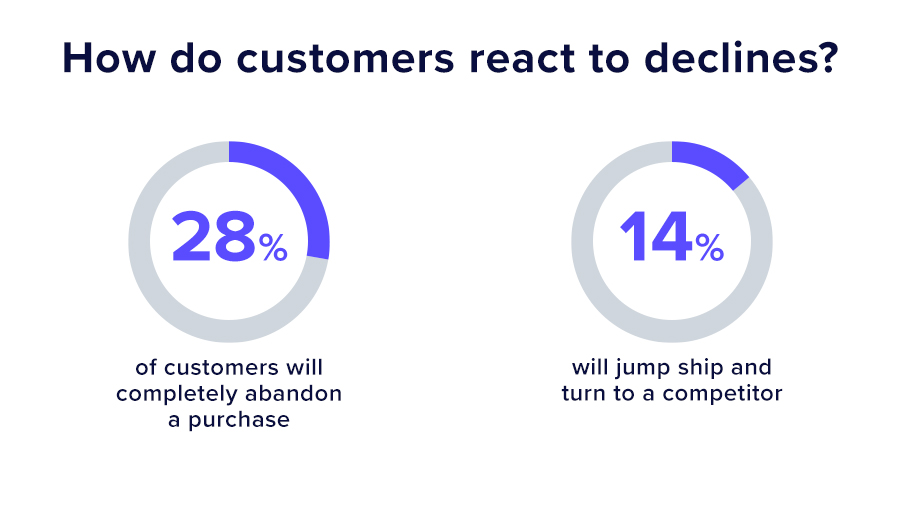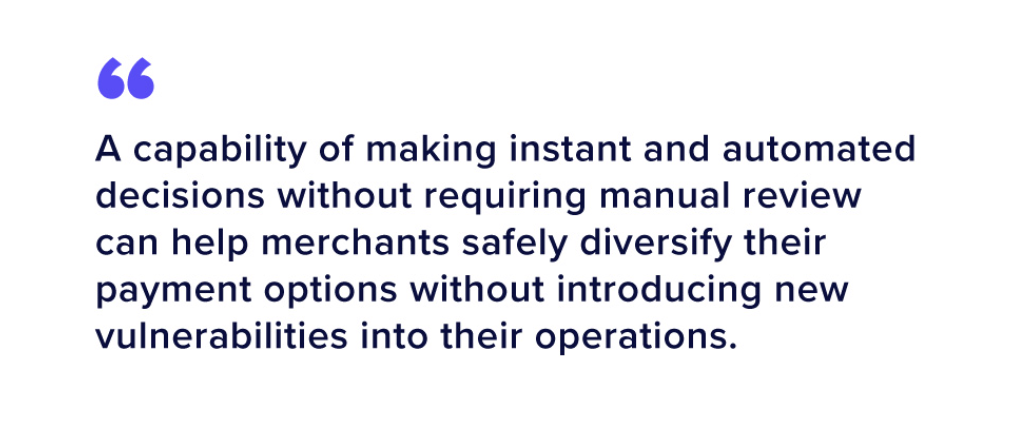Unlocking Competitive Advantages with Fraud Management for Fashion Brands

In the booming fashion industry, even legacy brands and retailers with solid customer bases need to gain an edge—and fraud management can make all the difference.
Today’s fashion brands are no strangers to reinvention, thriving on new trends and requiring rapid responsiveness to customers’ changing needs. But it’s not just style that changes seemingly overnight. Every aspect of the fashion business is experiencing large-scale changes, from the competition to the catwalk to the checkout.
ECommerce losses from payment fraud in 2021 are estimated at $20 billion in the US alone, but it’s not just about decreased revenue. Fraud creates a ripple effect that reaches all aspects of a brand’s operations, creating poor customer experiences, reducing brand loyalty, and wasting resources. This continues until a brand’s equity, and perceived value have entirely eroded. And with fashion sales expected to hit $473.42 billion in 2022, safeguarding your brand against fraud is more important than ever.
Preparing for the rise of social commerce
On top of that, the power of social commerce channels, like Instagram and TikTok, has significantly reduced the barrier to entry for new competitors, further compounding the challenge of protecting a brand’s reputation. This has created a surge in new players and a saturated market, so brands must work harder to keep their customers. Research shows it’s at least five times more expensive to acquire a new customer than retain an existing one, making the importance of creating a seamless customer experience a top priority for the bottom line. Even a 5% increase in customer retention can lead to a 25% boost in profit.
Fashion’s false decline problem
Yet merchants may not be aware just how much their fraud prevention strategy—which is meant to protect and conserve their customers—may be creating false declines and hurting their pockets. As many as 40% of customers who experienced a false decline won’t purchase from a merchant again. And if that customer experience was especially frustrating, that person may even use their social presence to urge people to steer clear of that brand. The large teams and significant internal talent combating fraud and false declines mean nothing if brands have the wrong fraud management solution. Because the constant state of vigilance siphons valuable time, creativity, and other resources away from planning, innovating, and adapting to the hyper-competitive and ever-changing fashion landscape.

Fraud management that fits your fashion brand
There are many different fraud management solutions, each with its advantages and disadvantages. Take manual review, for example. Even though it brings in a human element to help make informed decisions, it requires a significant amount of resources, constant updating to stay on top of fraud patterns, and isn’t scalable, which can affect customer experience. Different markets, products, and sales and payment channels all have their unique challenges and vulnerabilities that can sow seeds of mistrust amongst a brand’s consumers.
But by leveraging automation, brands can relieve their teams of the burden of manual review and reallocate those resources toward high-touch initiatives that preserve brand equity and perceived value—like continually enhancing the customer experience and designing new products to create a more loyal following, for example. Brands need to evaluate a number of factors before deciding which combination is right for them.

Riskified is here to be your expert in fraud management so you can focus on growth, innovation, and trendsetting—while keeping your brand and customers safe at the same time.


